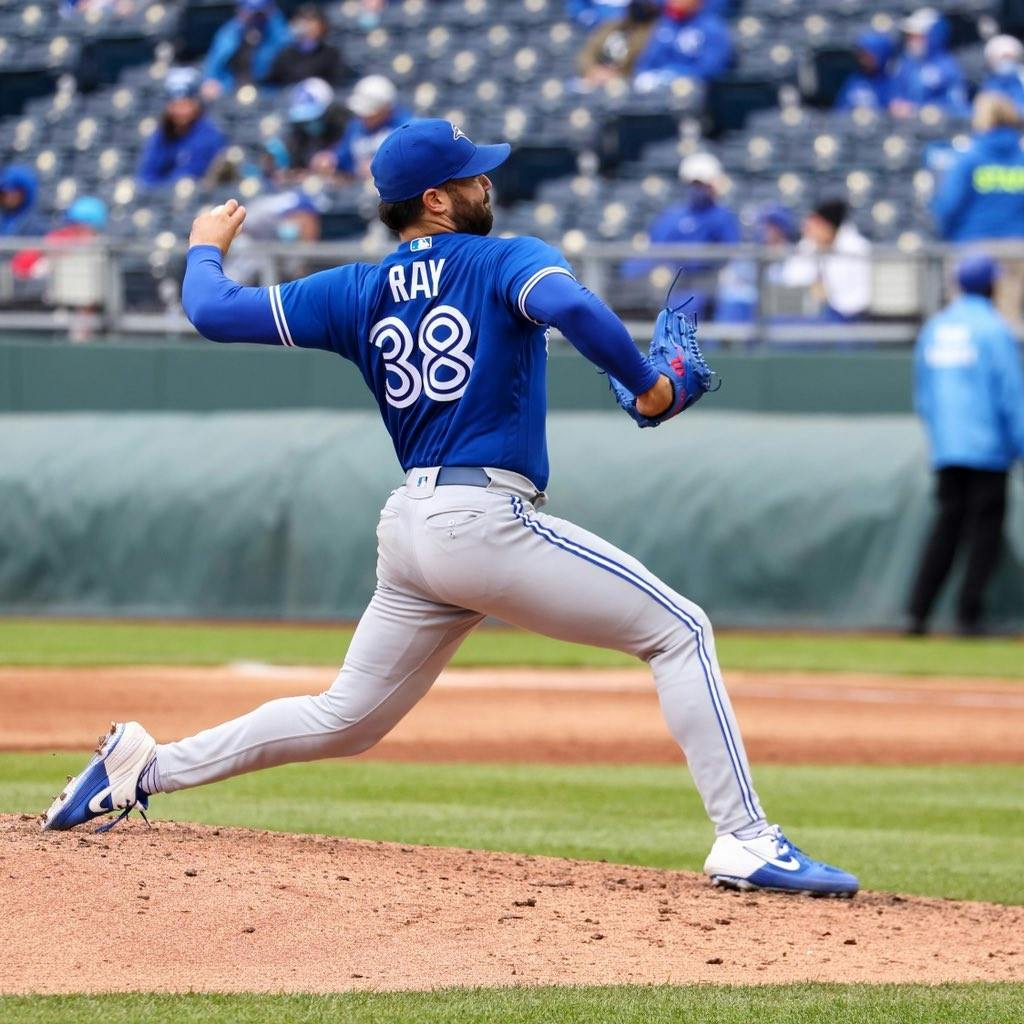More fastballs, more strikes, more success for Robbie Ray
Photo credit: @RobbieRay
3 years ago
Keep scrolling for the next article
Breaking News
- Blue Jays drop series opener in Atlanta for fourth consecutive loss
- Blue Jays closer Jordan Romano won’t return to the Major Leagues in 2024
- Blue Jays recall right-hander Luis Frías from triple-A Buffalo
- GDB 142.0: Toronto Blue Jays open three-game set against Atlanta Braves
- Up next: Blue Jays head to Atlanta to face Braves team in Wild Card race
